Graphic design for ceramics emerged as a vibrant trend as artists sought to marry visual storytelling with the tactile beauty of crafted pieces. Previously, ceramic design adhered to traditional motifs, but now, innovative graphic design ideas are flourishing. Whether bold patterns or subtle linework, the goal is always to enhance the aesthetic appeal and functional charm of ceramic objects. Though it may initially seem daunting, this fusion of ceramics and graphic design is both inspiring and accessible--and it's gaining significant traction. Elevate your artistic practice with the following graphic design ideas for ceramics and create something truly unique.
Ceramic surface patterns
Graphic design for ceramics meticulously involves creating intricate surface patterns that enhance the tactile and visual allure of ceramic pieces. These patterns might draw from diverse inspirations such as nature, geometry, or cultural motifs, utilizing an array of techniques including sgraffito, glaze resist, or decal transfers. Designers must thoughtfully consider the interaction between form and surface, ensuring that patterns complement the shape of the ceramic object, allowing for a harmonious balance between function and aesthetics. Additionally, attention to color application and texture can dramatically alter the perception of depth and dimension, transforming a simple vessel into a captivating work of art that engages the viewer at multiple sensory levels.
Kiln-fired decals
Kiln-fired decals represent a unique graphic design element in ceramics, seamlessly merging intricate design and high durability. These decals are meticulously crafted from specialized ceramic inks and are applied to greenware or bisque-fired ceramics via a meticulous process that involves careful design transfer, ensuring precision and clarity of intricate patterns or images. After application, the ceramic wares are fired in a kiln at high temperatures, typically around 850-900degC (1562-1652degF), which ensures that the decal fuses permanently with the glaze, contributing not only to the aesthetic enhancement but also offering a sustainable decorative solution as it becomes scratch-resistant and dishwasher-safe. This method allows for a wide range of design possibilities, from traditional florals and landscapes to modern geometric shapes, enabling artists and manufacturers to offer personalized or intricate design solutions that retain their vibrancy and integrity over time, appealing to both individual creators seeking bespoke designs and large-scale producers desiring consistent quality across batches.
Glaze color palettes
Graphic design in ceramics, when centered around glaze color palettes, primarily involves a meticulous exploration of color theory, texture, and material interaction. Artists choose glaze colors by examining their chemical compositions and firing responses, considering how they morph under high temperatures. This practice includes understanding the subtleties of color blending, opacity vs. transparency, and the inherent unpredictability of kiln atmospheres that can alter hues. Designers create test tiles to experiment with layering techniques and unique glaze combinations, assessing how varying thicknesses amplify visual depth, ultimately crafting a deeply cohesive and aesthetically engaging final product that reflects a harmony of refined color choices and innovative design thinking in ceramic art.
Illustrative motifs
Graphic design for ceramics that focuses on illustrative motifs is an art form that fuses traditional craftsmanship with contemporary visual storytelling. Ceramic artists integrate intricate designs into the surface of their pieces, often drawing inspiration from nature, mythology, or personal narratives, which not only enrich the visual appeal but also imbue the work with cultural significance. Techniques such as sgraffito, where layers of colored slip are applied and then scratched to reveal different hues underneath, allow for the creation of detailed, textured images that effectively convey complex themes and emotions. Additionally, the use of vibrant glazes paired with these motifs can result in a dynamic interaction between light, shadow, and vivid colors, further enhancing the illustrative aspect and making each piece not only a functional object but also a captivating visual story.
Embossed textures
Embossed textures in ceramic design offer a tangible tactile experience, where raised patterns are strategically applied onto ceramic surfaces to create depth and visual intrigue. Designers often employ techniques such as carving or pressing into soft clay before firing, resulting in intricate motifs ranging from organic shapes reminiscent of nature to symmetrical geometric patterns that evoke a sense of modernity. The surface treatment can enhance the play of light and shadow, with glazes further accentuating the relief by pooling in lower areas and thinning on raised sections, thus highlighting the meticulous craftsmanship and artisanal skill involved. The finish varies from subtle, barely-there elevations that provide a delicate texture, to dramatic, bold reliefs that become the focal point of the piece, offering both aesthetic appeal and additional grip, making them not just visual features but functional enhancements as well.
Sublimation printing techniques
Sublimation printing on ceramics involves a fascinating process where designs are transferred from special sublimation paper onto ceramic surfaces using heat and pressure. This technique utilizes heat to convert solid dye particles into a gas without passing through a liquid phase, allowing the dye to penetrate the ceramic substrate for a vibrant and durable finish. The use of polyester-coated substrates in ceramics is essential to facilitate the dye absorption during the sublimation process, resulting in high-resolution images and intricate patterns that are scratch and fade-resistant. The required high temperatures ranging between 350degF to 400degF ensure that the dye embeds seamlessly into the ceramic surface, creating lasting decor items that maintain their clarity and brilliance over time.
Stoneware typography
Stoneware typography offers an intriguing intersection between tactile design elements and visual communication that brings life to ceramic surfaces. The texture and earthy palette inherent in stoneware clay create a harmonious backdrop for type, allowing designers to experiment with various typographic styles that often reflect rustic charm or modern minimalism. Kiln-fired typography emerges with a slight distortion characteristic of the medium, lending an organic feel that embraces imperfection as part of the design process, challenging typographers to appreciate the unpredictability stoneware offers. Glazing techniques subsequently enhance the typography, adding a depth of color and finish that can range from glossy to matte, facilitating further customization and engagement with potential audiences who value both form and function in ceramic art.
Vector-based graphics
Vector-based graphics play a pivotal role in ceramic design due to their scalability and precision, making them ideal for creating intricate patterns and sharp lines on ceramic surfaces. Designers utilize vector software like Adobe Illustrator and CorelDRAW to craft designs that can be adjusted to any size without loss of quality; this ensures that the intricate details of a pattern or motif remain crisp and clear whether they're applied to a small mug or a large tile. The non-destructive nature of vector graphics allows for easy modifications and color adjustments, enabling designers to quickly iterate and develop designs that align with current trends or client preferences. Additionally, these graphics integrate seamlessly with modern ceramic manufacturing technologies such as digital printing and laser engraving, which require precise and detailed design files for accurate and high-quality production on ceramic materials.
Hand-painted details
Hand-painted details in ceramic graphic design involve a meticulous process that requires an intimate understanding of both form and function, where each brush stroke not only embellishes the surface but also complements the ceramic's inherent shape and utility. Artists typically utilize a variety of specialized brushes, depending on desired outcomes, from fine-tipped sable brushes for intricate line work to larger, softer bristles for broad strokes and washes, each chosen to convey specific textures and patterns that cannot be replicated by machine. These details often draw inspiration from historical motifs and indigenous patterns, blending contemporary aesthetics with classical techniques, and the color palette is carefully curated to ensure pigment interactions remain harmonious at high kiln temperatures. Hand-painting allows for a personalization and uniqueness, with each piece bearing the subtle imprints of the artisan's individual style and hand, resulting in one-of-a-kind creations that transform utilitarian pottery into art that narrates a story through visual language.
Custom ceramic branding
Graphic design for ceramics with a focus on custom ceramic branding involves an intricate blend of aesthetic principles and functional considerations to effectively convey brand identity through uniquely designed ceramics. Designers must meticulously select color palettes that not only align with the brand's ethos but also complement the natural tones of the clay used, ensuring that the finished product resonates visually with the target audience. Typography plays a crucial role in this process, requiring the careful application of font styles that enhance readability and visual appeal while maintaining durability after exposure to the high temperatures of kiln firing. Moreover, innovative embellishments like embossing, debossing, and custom glaze techniques are employed to add texture and distinctive qualities that highlight the uniqueness of the brand, creating a tangible connection between the brand narrative and the user experience through tactile interaction.






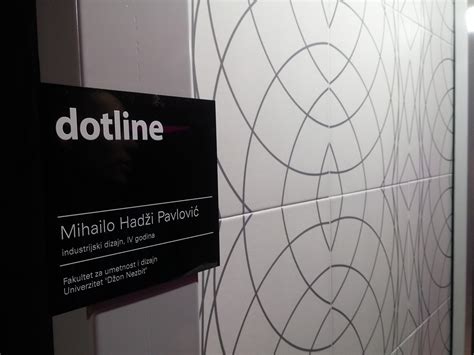
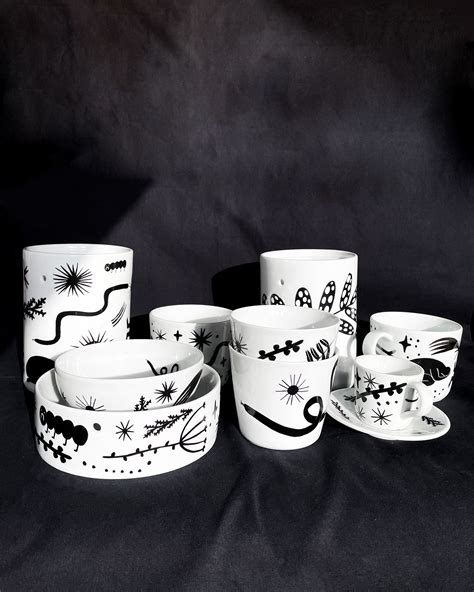
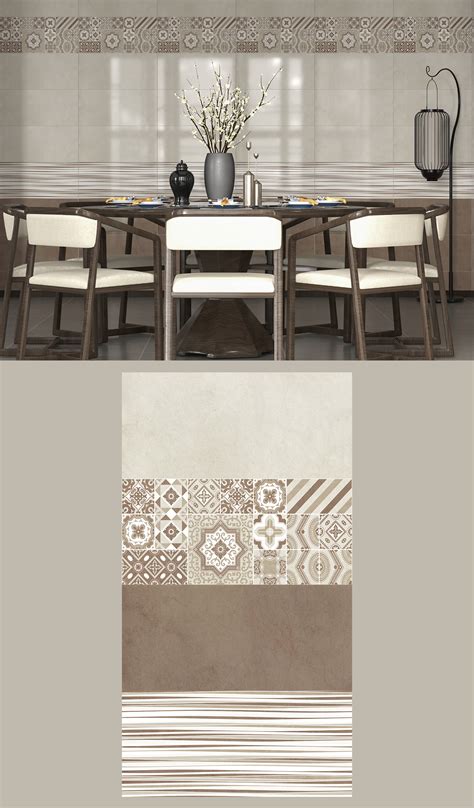
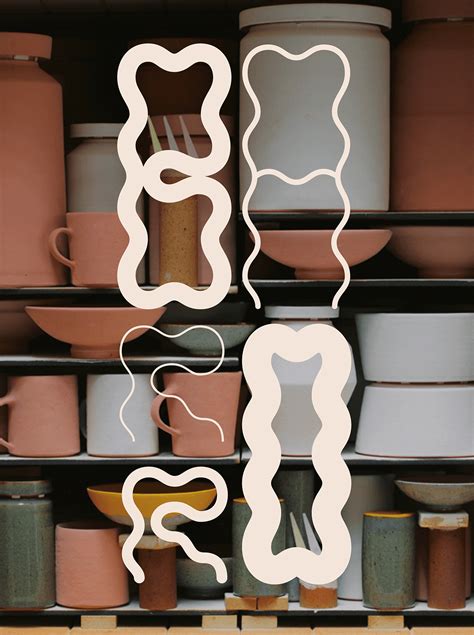
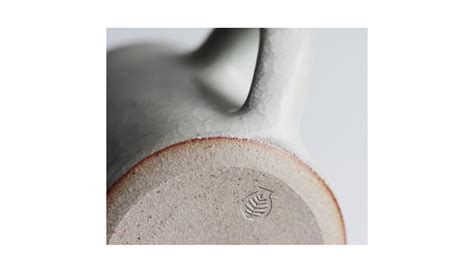
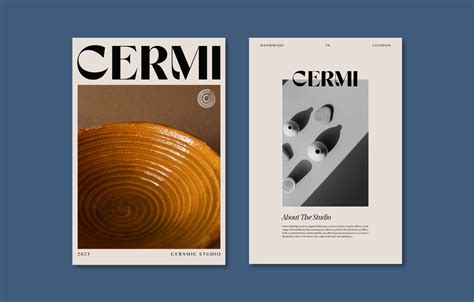
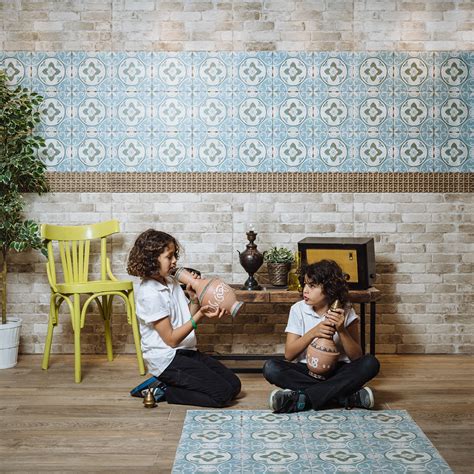
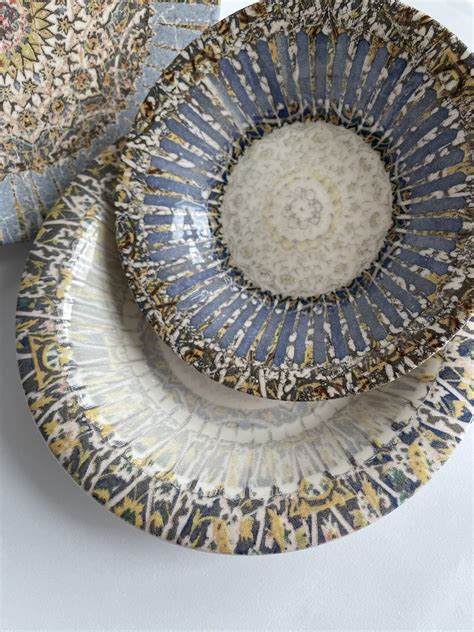
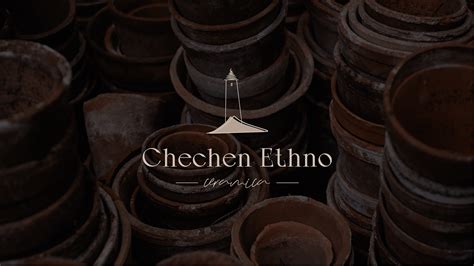
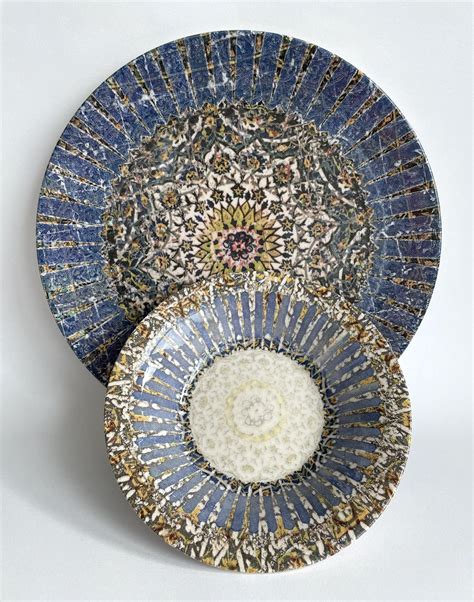
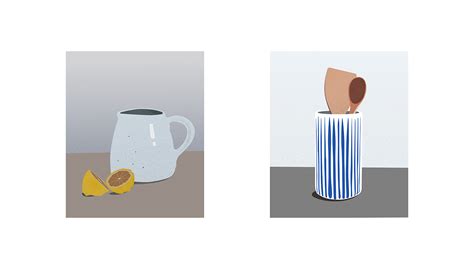
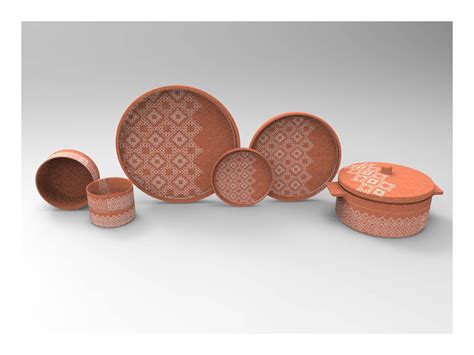
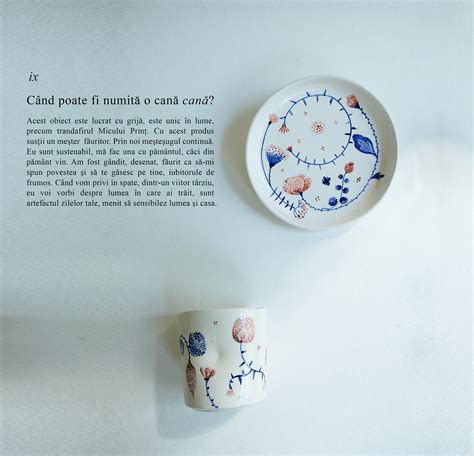
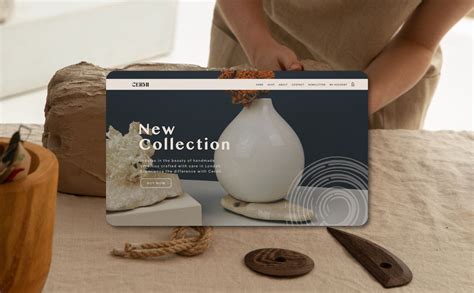
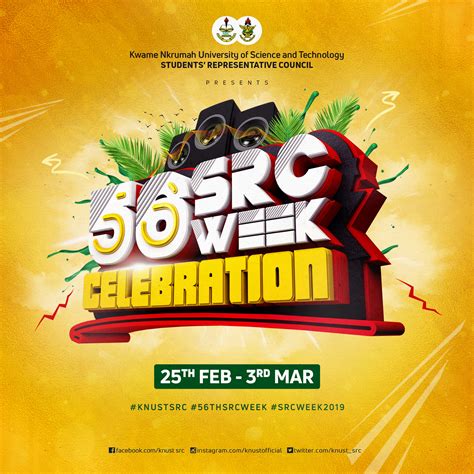

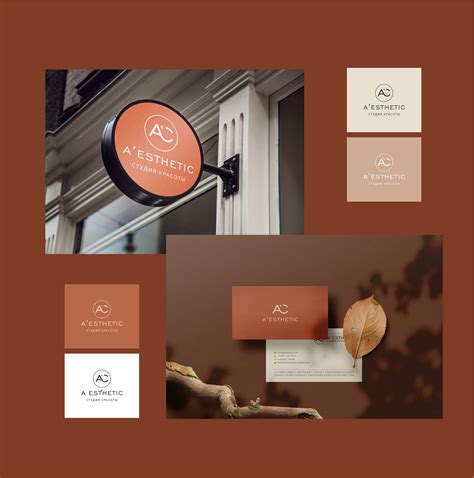
Leave a Reply
Your email address will not be published.